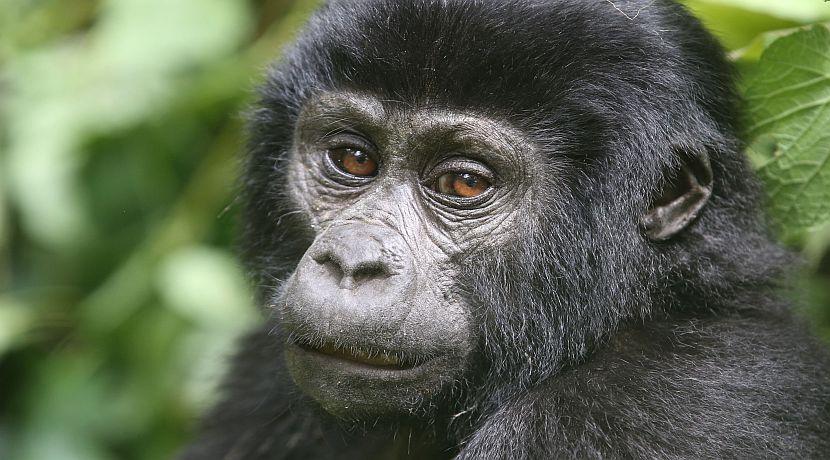Gorillas are mysterious animals due not only to their elusive nature, but also because of the fact that due to human interference in their natural habitats their numbers are dropping more and more drastically with each passing year. People need to know more about these incredible animals and their plight and we are here to help! Here are our top 5 facts about gorillas.

Types of Gorilla.
There are four different sub species of gorilla, each with their own unique traits and distinctions but the four groups are the; Cross River Gorilla, Mountain Gorilla, Western Lowland Gorilla, and the Eastern Lowland Gorilla. The Western Lowland Gorilla is the most numerous of these Great Apes, but their numbers are still worryingly low.
Where do Gorillas Live?
Gorillas live exclusively in the tropical rainforests of Africa. Their distribution range is split into two parts, East and West, and this is due to what was once a uniform land mass splitting (probably during the last ice age) and rendering the land between the two current habitat ranges uninhabitable for the apes. All of the gorilla species live within a narrow radius of the equator.
What do Gorillas Eat?
The majority of a gorilla’s diet is a vegetarian one, consisting of mainly stems, bamboo shoots and fruits. However, the Western Lowland Gorilla also has an appetite for termites and ants.
How Long do Gorillas Live?
Gorillas may live shorter average lives than us humans at around 40-45 years in the wild, but due to our close genetic make they suffer from similar problems as we do in our old age. Old mountain gorillas often suffer from arthritis which can cause them to damage the bones in their hands and feet. They also suffer from a loss of teeth which causes no end of problems when trying to eat a diet as rigid as their own.
Are Gorilla’s Endangered?

Whilst the number of gorillas is not as low as that of some of the other Great Apes, if things continue as they are then it will get that way. Currently, it is estimated that there are anywhere between 100,000 and 200,000 gorillas left in the wild, but they are facing a number of challenges in their survival. The first is due to a gorilla's reproductive cycle taking a long period of time, and the fact that they can only raise one baby at a time, often for years before they can fall pregnant again, this means that they are vulnerable to any population declines. These population declines are happening for three main reasons and they are; habitat loss – namely logging companies moving into the gorillas territories, hunting and the illegal pet trade, and disease. These problems are slowly combining to create the perfect storm and threaten the gorilla populations so change needs to happen now.
We hope you have learned a little more about these magnificent apes, and if you want to continue your learning in a more hands-on way then why not take a look at The Great Gorilla Project which is currently on offer!














